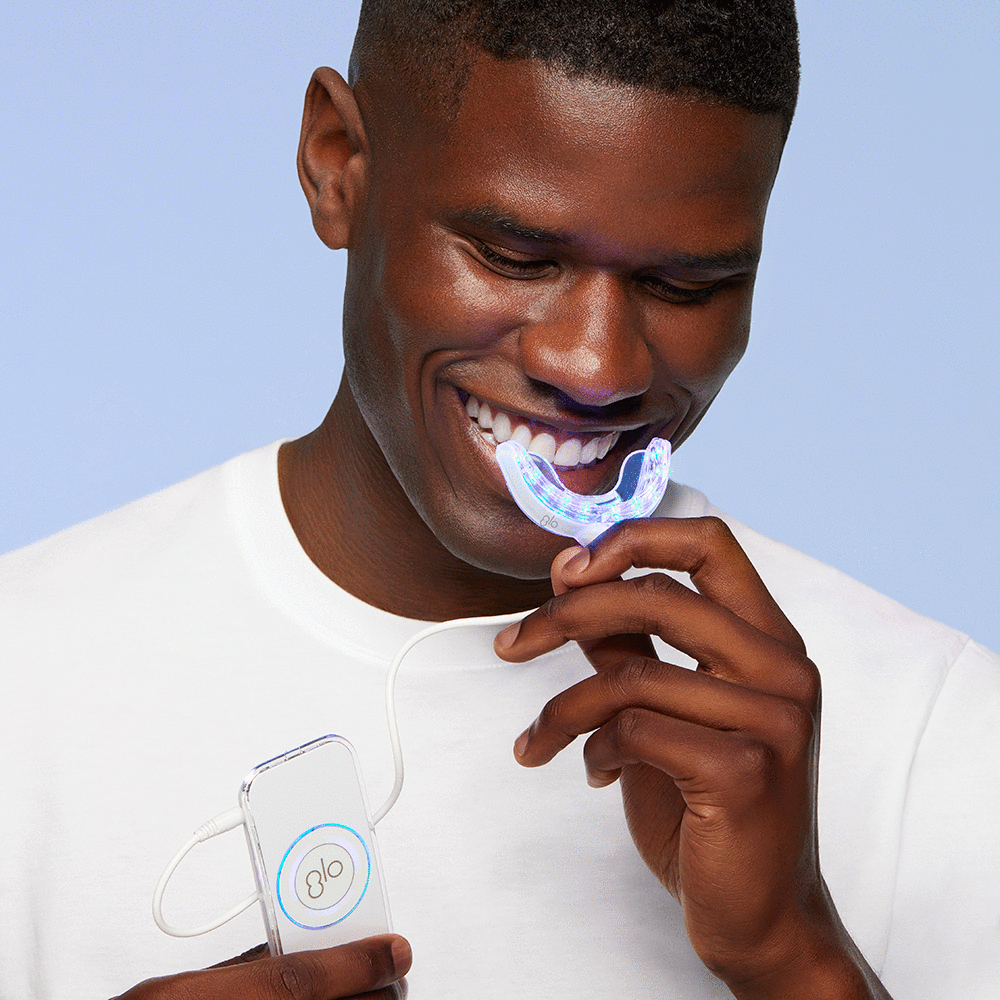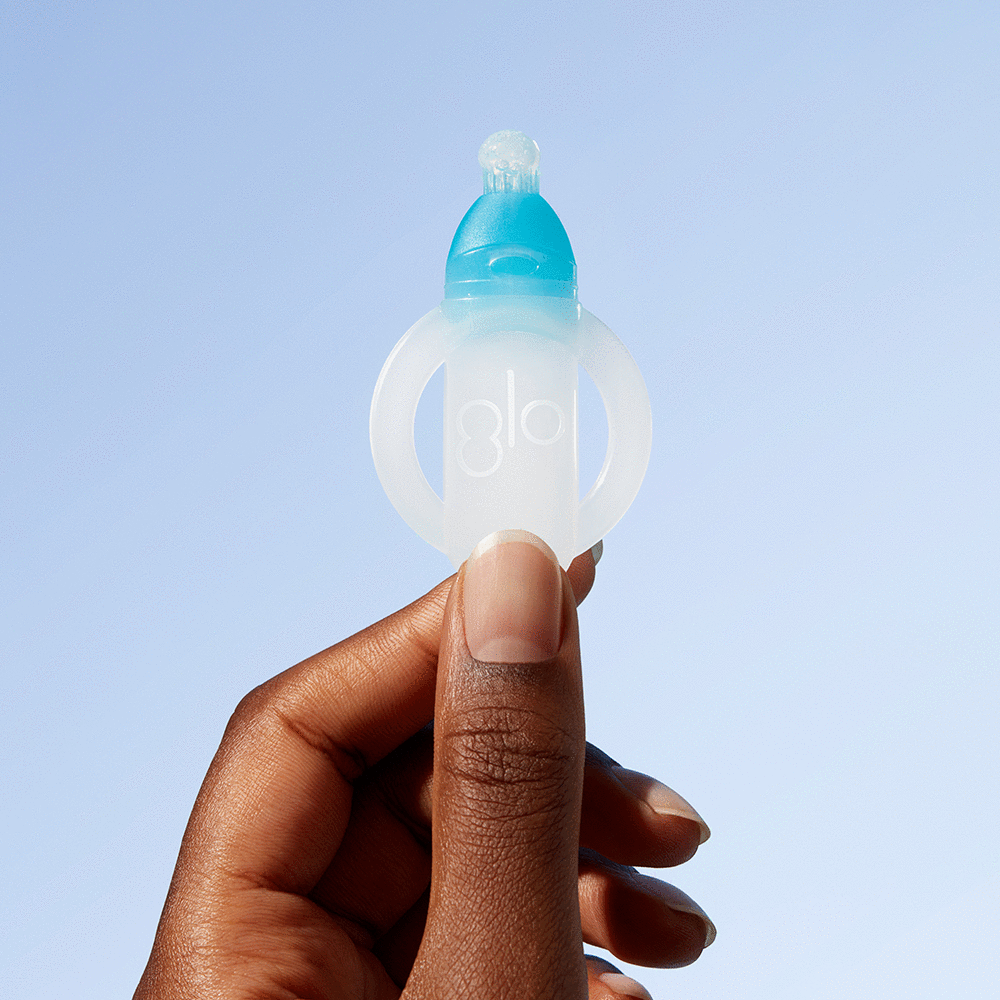Coffee, tea, red wine—these delicious beverages come at a cost: stained teeth. A bright, white smile is a confidence booster, and it's no wonder so many people seek ways to whiten their teeth. But have you ever wondered if there is a difference between teeth whitening vs. teeth bleaching? Both promise the same dazzling results, but are they truly interchangeable? Are teeth whitening and bleaching the same thing? The answer might surprise you!
Today, we’ll unveil the secrets behind these two popular terms and explore the key differences based on scientific facts. So, before you start your journey to a sparkling smile, let's get down to the nitty-gritty of teeth whitening and bleaching.
Teeth Whitening vs. Teeth Bleaching
Believe it or not, there's a subtle but important distinction between teeth whitening vs. teeth bleaching, according to the FDA and the American Dental Association (ADA). So, what's the difference between teeth whitening and bleaching? Here’s the official breakdown:
What is Teeth Whitening
The term “teeth whitening” refers to removing surface stains from teeth. This process aims to restore the natural color of the teeth. Surface stains can be caused by the food and drinks we consume, such as coffee, tea, and curry, as well as smoking and certain medications.
Whitening products like toothpaste and mouthwashes may contain carbamide peroxide or sodium perborate. In contrast, others can typically contain lower concentrations of the “bleaching agents” compared to the bleaching products we’re explaining next. Other products might contain tiny abrasives that scrap the stains from the tooth surface.
What is Teeth Bleaching
While you may think these products contain chlorine bleach, this is untrue. Bleaching products typically contain hydrogen peroxide, a non-chlorine bleach. This term refers to whitening teeth beyond their natural color. It is usually reserved for professional treatments performed by dentists.
Bleaching products use higher concentrations of peroxide to remove deeper stains that may not respond well to whitening products. Over-the-counter products such as whitening strips and kits can contain higher concentrations of hydrogen peroxide, which is why they’re considered more of a bleaching product.
In simpler terms, whitening tackles surface stains, while bleaching tackles deeper discoloration within the tooth enamel.
Key Differences Between Whitening and Bleaching
Now that we understand the official definitions let's delve deeper into the key differences between whitening and bleaching:
Strength of Ingredients
As mentioned earlier, the main difference lies in the concentration of bleaching agents. Whitening products typically contain 1.5% to 6% hydrogen peroxide or carbamide peroxide, while bleaching treatments used by dentists can reach concentrations of 10% to 40%. This higher concentration allows bleaching treatments to penetrate deeper into the tooth enamel and remove tougher stains.
Cost
Whitening products are generally more affordable than bleaching treatments. However, their effectiveness may vary depending on the severity of your stains. Bleaching treatments tend to be more expensive, but they offer a more potent and predictable whitening effect.
Safety
Both whitening and bleaching are generally safe when used as directed. However, some individuals may experience tooth sensitivity or gum irritation, especially with higher peroxide concentrations. It's essential to consult your dentist before using any whitening product if you have pre-existing dental conditions.
Results
Whitening products usually produce results within a few days to a few weeks. Due to their more potent ingredients, Bleaching treatments can deliver faster and more dramatic results, often within a single session.
Which Is Right for You: Whitening or Bleaching?
The choice between whitening and bleaching depends on the severity of your stains and your desired results. Here’s a quick guide to help you decide:
- For mild surface stains: Whitening toothpaste can prevent stains from sinking deeper into the tooth enamel. Other over-the-counter whitening products, like strips or whitening pens, can also be sufficient to maintain a bright and white smile. For instant effect, a short cleaning visit at the dentist can usually make a significant difference.
- For moderate to more severe stains: If stains from food and drinks have lingered on your teeth for a long while, you’ll probably need a more advanced bleaching treatment. Moreover, some medical conditions, medication, or aging can affect the natural color of the teeth and need to be addressed with a more advanced solution. You might need to consider a professional bleaching treatment or professional-grade whitening kit.
Remember, if you have any pre-existing dental problems, consulting your dentist is always recommended before starting any whitening or bleaching treatment. Your GLO Dentist can assess your needs, recommend the most suitable approach, and ensure the treatment is safe for oral health.
With some knowledge and guidance, you can achieve the bright, beautiful smile you've always desired. So, don't let stained teeth hold you back—explore your whitening options and unleash your dazzling grin!




